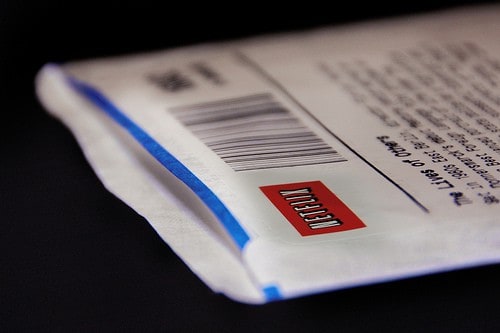by Paul Hunt – President
Netflix has been getting a lot of attention lately for its new pricing strategy. If you have kept an eye on the matter you will have noticed that there is an interesting paradox:
- Consumers hate it but analysts love it. They may lose as many as 2.5 million customers but profitability should go up.
The new pricing plan increases the price from a $9.99 monthly plan, allowing subscribers to stream videos and rent one DVD at a time, to $15.98. Your other choice will be to pay $7.99 a month for the one DVD at a time plan (plus an extra $2 a month for Blu-ray rentals) or $7.99 a month for the unlimited streaming plan.
It seems that the focus is on trying to reduce the use of DVDs and increase the use of video streaming. The reason is simple; it costs about .75 cents in postage to send a DVD whereas it only costs about .25 to stream.
Initially Netflix forecasted that $9.99 a month would drive most of the business to streaming but that has not necessarily been the case. The problem is that the content of the DVD library is superior, and guess what consumers want; great content. Not only that, but with the recent bandwidth cap it takes a lot of the appeal from streaming.
The other big problem that Netflix faces is pressure from the content owners. When video streaming was still new they were able to secure contracts for about $5-10 million a year. It is estimated that by 2012 the costs would rise from $180 million to $1.98 billion. Studios have started to pay more attention to streaming and they are going to look for opportunities to monetize. Sony was recently temporarily removed from Netflix due to “contract problems” and as these costs are sorted out more could follow.
In order to fix this problem Netflix has applied a dramatic price increase and is now facing the wrath of consumers flocking to Facebook and other social network outlets to gripe about it.
Let me offer a couple of observations from my perch as a pricer:
First of all, I am concerned about the inaccurate forecast of the consumer migration from DVD to streaming. Did Netflix do a proper analysis to understand this migration or did they just use “gut instinct”? My take on it is that they used their own internal best guess.
Secondly, what has driven the $15.98 price point? Was it based on expected cost increases and financial targets or was it driven by value? It is impossible to know as an outsider but my guess is that the decisions being made are more gut, cost and financially driven than they are science and optimization driven. If that is indeed the case then Netflix is foregoing a huge opportunity to drive profitability. Price optimization techniques such as conjoint analysis, regression analysis and testing could provide very accurate insights into migration patterns, price point optimization and the churn.
If I were the CEO of Netflix I would utilize these price optimization techniques religiously to ensure that I am finding the sweet spot between optimizing my value proposition and profitability. The upside is huge and the downside of not doing it is even bigger.
Paul Hunt is the president of Pricing Solutions, an international pricing strategy consultancy dedicated to helping clients achieve World Class Pricing competency. Paul publishes a monthly pricing column in the FP Executive. He also writes for the Pricing Solutions Club.
Photo: Flickr





